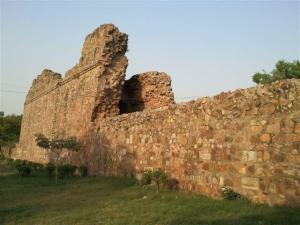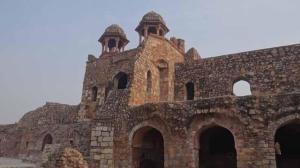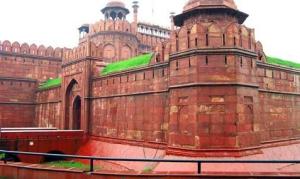The
current education system is not making the best use of the most
precious natural resource this country possesses - its next
generation. India needs an education system that evokes interest and
stimulates children, providing them with the opportunity they need
and deserve to fulfill their potential. This means providing a
curriculum of practical and vocational learning with theoretical
study.
We
must recognise that children are individuals with different talents,
dreams and aspirations. Not every child learns in the same way.
Therefore, we need to develop a system that is based on a strong
common core of essential skills and knowledge, which allows children
to develop their own talents and aspirations. We must support
children in discovering what they enjoy doing and are good at, and
who they want to be in life. And we must encourage and support
teachers and schools in responding to these different needs.
Some
countries have a way better system of education that we can learn
from and incorporate the same structure in our education setup. The
British multinational Publication Company, Pearson, recently released
their global report ranking nations of the world based on major
factors in education, such as expenditure per student, GDP,
graduation rates, etc. South Korea topped the rankings again this
year, but Finland which is well known for its excellence in education
fell to 5th place.
Some
of the key findings of the report:
- East Asian nations continue to outperform others. South Korea tops the rankings, followed by Japan (2nd), Singapore (3rd) and Hong Kong (4th). The education systems of all these countries prize efforts above inherited ‘smartness’, and have clear learning out. They have a strong culture of accountability and engagement among a broad community of stakeholders
- Scandinavian countries, traditionally strong performers, are showing signs of losing their edge. Finland, the 2012 Index leader, has fallen to 5th place; and Sweden is down from 21st to 24th
- Notable improvements include Israel (up 12 places to 17th), Russia (up 7 places to 13th) and Poland (up four places to 10th).
- Developing countries populate the lower half of the Index, with Indonesia again ranking last of the 40 nations covered, preceded by Mexico (39th) and Brazil (38th).
10
Countries with best education and top Universities
CHANGE
The top 10 countries with the world’s best education system and top
universities are:
1. South Korea
Seoul National University; Image Source:
http://www.yuseungkim.com/files/ui5.jpg
2. Japan
University of Tokyo; Image Source: http://tmi.t.u-tokyo.ac.jp/english/images/admission_img01.jpg
3. Singapore
National University of Singapore; Image Source: http://classic.marshall.usc.edu/assets/064/14380.jpg
4. Hong Kong
University of Hong Kong, Image Source: http://upload.wikimedia.org/wikipedia/commons/7/7b/The_University_of_Hong_Kong.jpg
5. Finland
University of Helsinki;
http://www.european-times.com/wp-content/uploads/2011/02/finland_university.jpg
6. United Kingdom
Queen Mary University of London; Image Source:
http://www.qmul.ac.uk/images/undergrad/64207.jpg
7. Canada
University of Toronto, Image Source:
http://www.transitionresourceguide.ca/sites/transitionresourceguide.ca/files/img/hero/university_of_toronto.jpg
8. Netherlands
Maastricht University; Image Source:
http://www.sigmainvestments.nl/board/sbebuilding.jpg
9. Ireland
Trinity College, Dublin; Image Source: http://www.ifsa-butler.org/images/stories/sig/program-cities/tcd/TrinityCollegeDublin.jpg
10. Poland
University of Warsaw; Image Source:
http://www.refo500.nl/content/news/950/medium/University_of_Warsaw.jpg
Every
nation requires people with passion, know how, initiative,
creativity, and knowledge; people who can get along with others, who
know when to listen and when to lead. These skills and abilities
cannot be gained in the classroom alone; they come from ‘practical
learning’–learning by doing things for real, working with
experts, and combining theory with practice. Young people will learn
if they see learning as important, meaningful and worthwhile.
India
needs to find its place among the best in terms of education!
























